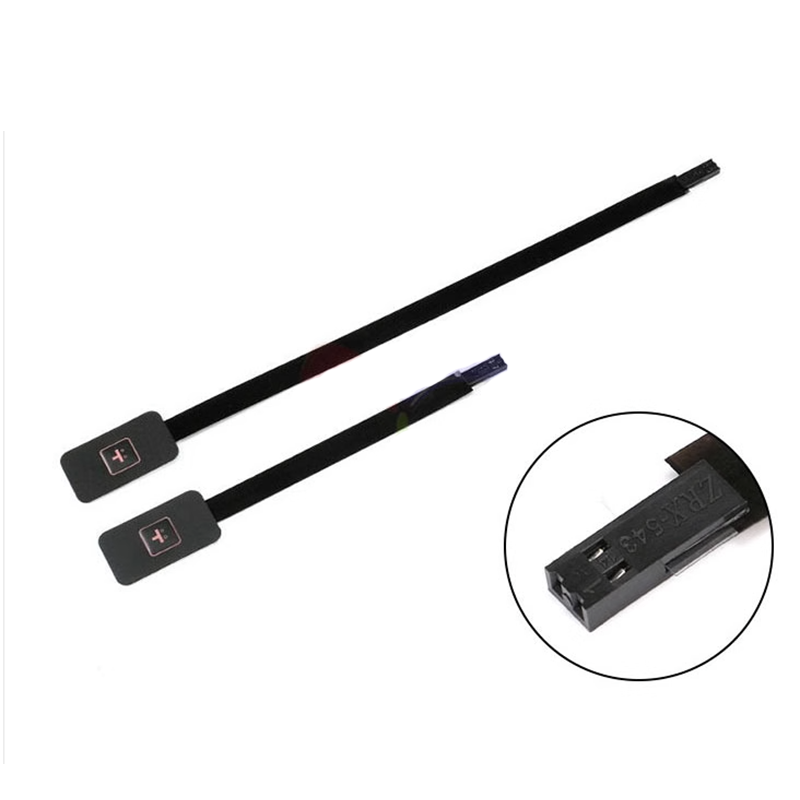Why Membrane Layer Switches Are Necessary for Resilient Control Systems
Membrane switches play a pivotal role in ensuring the resilience and reliability of control systems across numerous sectors. Their special building and construction enables them to withstand difficult environmental factors such as moisture, temperature level extremes, and physical wear. This resilience not only expands the life-span of the systems they offer but also decreases upkeep requirements. As we explore the complex benefits of membrane buttons, it ends up being apparent that their significance goes beyond simple performance, affecting user experience and functional performance. What more effects do these attributes hold for the future of control system design?
Overview of Membrane Layer Switches
Membrane buttons are flexible and reputable parts commonly used in different electronic control systems. These buttons include a number of layers, consisting of a visuals overlay, a spacer layer, and a published circuit layer. The visuals overlay provides both functional and visual layout, while the spacer layer makes sure that the buttons are activated only when pushed. The published circuit layer consists of conductive traces that complete an electric circuit when the membrane layer is pressed, allowing the gadget to react to individual inputs.
Membrane layer switches are often favored in applications needing a compact and lightweight design, making them optimal for handheld tools, medical devices, and commercial machinery. They can be personalized to satisfy particular customer needs and can include different functions such as backlighting, responsive feedback, and multiple shades. Additionally, membrane switches are resistant to dirt, moisture, and pollutants, making them ideal for settings where toughness is necessary.
Benefits of Longevity
In several applications, the resilience of membrane layer switches over offers substantial benefits that enhance their overall efficiency and integrity. These buttons are developed to endure harsh environments, making them ideal for usage in demanding problems such as high humidity, severe temperatures, and direct exposure to chemicals. Their durable building helps to stop damages from physical influence, guaranteeing long-lasting performance and lessening the need for frequent replacements.
Additionally, membrane switches are immune to wear and tear, which is critical in applications where regular interaction happens. This durability equates to decrease maintenance costs, as companies take advantage of reduced downtime and fewer service interruptions. The encapsulated layout of membrane switches over shields internal parts from dust and moisture ingress, additional contributing to their life expectancy (membrane switch).
One more benefit is their ability to keep consistent performance gradually. With a high resistance for mechanical stress and anxiety, these buttons maintain their responsive comments and electrical honesty, ensuring individual satisfaction. Ultimately, the sturdiness of membrane layer switches not only improves functional effectiveness however likewise fosters confidence in their reliability, making them a favored choice for control systems throughout various fields.
Applications in Different Industries
Long lasting control systems using membrane layer buttons locate comprehensive applications across a variety of industries, each profiting from the one-of-a-kind qualities these switches use. In the clinical sector, membrane switches are critical for devices such as client displays and analysis equipment, where reliability and ease of cleaning are paramount. Their resistance to moisture and impurities guarantees they preserve performance in clean and sterile atmospheres.
The auto market leverages membrane layer switches for control panel controls and infomercial systems, where they offer streamlined, low-profile user interfaces that enhance individual experience. These switches are likewise developed to withstand extreme problems, including direct exposure to extreme temperatures and resonances.
In commercial settings, membrane switches are typically made use of in equipment control panels, using tactile responses and durability needed for high-usage applications. Their capability to withstand chemicals makes them appropriate for manufacturing atmospheres where spills and impurities are constant.

Consumer electronic devices, such as cooking click to read area devices and remotes, likewise make use of membrane buttons for their flexibility and cost-effectiveness. On the whole, the versatility and durable nature of membrane switches make them essential throughout numerous fields, guaranteeing reliable procedure and durability in control systems.
Design and Visual Appeal
While capability is vital, the style and aesthetic allure of control systems equipped with membrane layer buttons play a critical function in user involvement and total experience (membrane switch). The aesthetic design of these buttons can substantially affect individual perception and communication. A properly designed membrane switch enhances the good looks of the tool, making it extra attractive to customers and cultivating a link in between the user and the item
Membrane changes supply a terrific bargain of adaptability in layout, enabling manufacturers to tailor graphics, colors, and appearances to align with brand identity and item aesthetic appeals. The usage of dynamic colors and unique patterns can draw attention, while tactile comments can reinforce the customer's interaction with the gadget. Furthermore, the ability to incorporate LED indications and backlighting into the membrane layer switch layout offers both functional and aesthetic advantages, boosting presence and usability in various environments.

Enhancing Individual Experience

In addition, membrane buttons can be tailored to integrate graphical user interfaces, enhancing functionality by offering details in a clear and user-friendly manner (membrane switch). This customization can consist of icons, labels, and color coding that guide individuals dig this via complex performances easily. Additionally, their convenience allows for combination in numerous environments, guaranteeing constant efficiency whether in industrial machinery or customer electronic devices
The longevity of membrane buttons additionally plays a crucial duty in user experience. By holding up against harsh problems and expanded use, these buttons reduce the chance of system failures, therefore advertising integrity and individual self-confidence. Inevitably, the tactical use membrane switches not just raises functionality but also significantly improves individual interaction with control systems, making them an important element in contemporary layout.
Verdict
